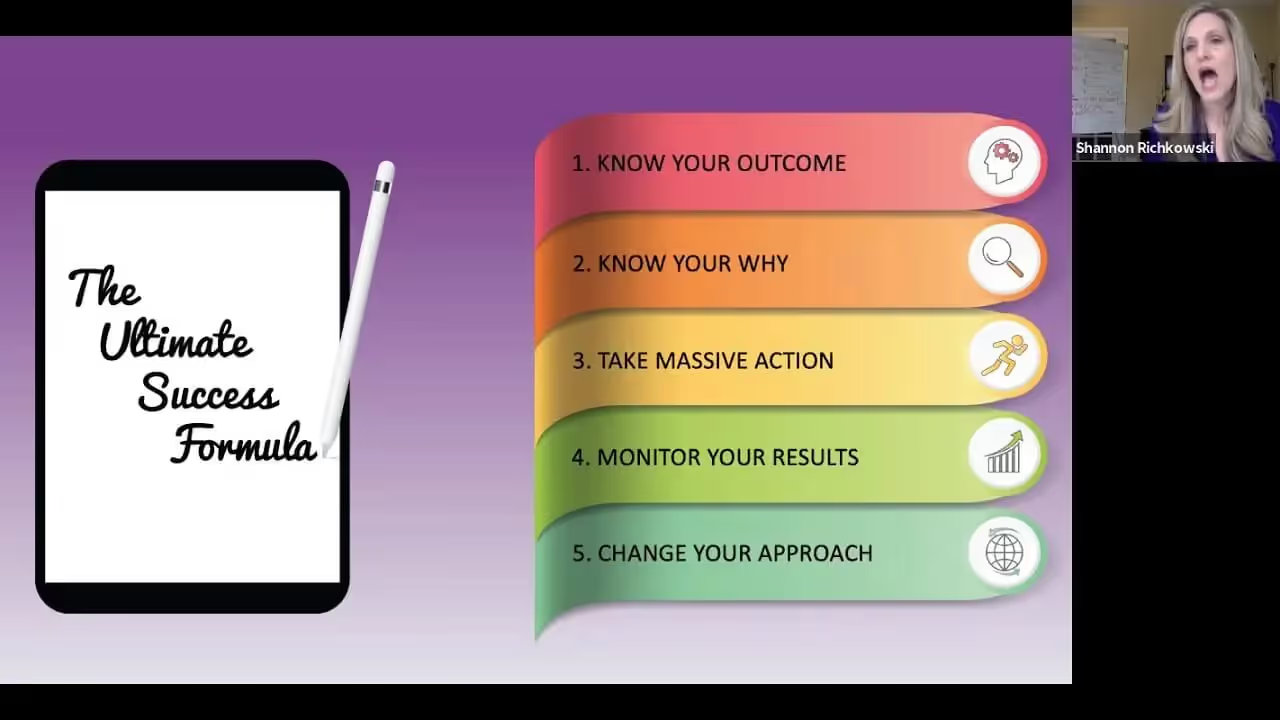
Marketing: A Key Element In Your Transition Plan
Published On
December 1, 2025
About the Webinar
From building a compelling brand identity to creating effective online and offline marketing campaigns, we'll guide you through the steps to amplify your message and reach your target audience. Don't miss this opportunity to discover how strategic marketing can drive your transition plan forward and set the stage for lasting success. Let's navigate this transformative journey together, making marketing a key element in your transition plan.
Whether you’re thinking of buying or selling a practice, now or in the future, there are number of factors to consider. Because many dentists see me as the marketing guy, they often ask me if they should cut back on their advertising if they are planning to sell their practice in the next year or so, in order to increase their profit.I warn them against that strategy for a number of reasons, the primary one being that how practices are valued now is no longer based on just profit or collections. It makes sense to look at all your expenses closely, particularly as you put your practice on the market - but don’t be too quick to cut that ad budget. Many of the potential buyers for practices are now DSO’s and they are much more sophisticated in how they assess a practice’s true value. For example, new patient flow is a key factor, both from word of mouth and promotions. They are keenly aware that new patients who come through advertising can be the richest source of new word-of-mouth patients because they will lead to a whole new circle of friends, family and coworkers. It doesn’t make sense to have those numbers trending downward as you approach a sale. A sophisticated buyer will see that you cut your ad budget and that resulted in a decrease in new patient flow as it created a temporary increase in profit—if there even is one with the reduced production. Conversely, if you maintain or even increase your ad spending, your profit may go up, but you will also be demonstrating that there is still opportunity in your neighborhood for growth. Buyers also look at the average age of your patient base. An aging patient base is considered less valuable. That means you need to keep refreshing your practice with a steady influx of new, younger patients. That takes advertising. I also encourage you to think about marketing more comprehensively. It’s not just your advertising budget, but what the practice looks and feels like. Practice buyers are consumers too, and they have the same subconscious reactions as patients. Imagine if you were selling your home. Would you keep that ratty old couch in the TV room, and not clean the gutters or paint those peeling shutters? Of course not. You’d spruce up your home in every way possible, and even stage it, so it was appealing to the most buyers at the highest price. Your practice is the same way. You wouldn’t want potential buyers to feel like they were buying a practice in decline, with 25-year-old chairs, still using film radiographs, and mountains of paper files everywhere. Instead, you want them to see a practice on the rise, ripe with potential. You want them to feel positive energy from your team, and walk into a warm, visually appealing reception area. So do sensible upgrades in décor and equipment on an ongoing basis. Also, be as digital as possible in both your operations and your promotions. A modern, well-designed website and a five-star rating on Google and Yelp go a long way these days in building the perceived value of your practice. And perhaps most important is to realize that this shouldn’t be something you start three months before you put your practice up for sale. You’re not going to be able to transform your environment that quickly. And, trying to jam all these changes in all at once could hurt your production. On the other hand, if you’re the buyer, these same principles apply in reverse. Don’t just look at the collections. Assess the feel of the practice, dig into the demographics of the patient base, look at the new patient flow and how effective the advertising has been, and how consistent profitability is. This will give you a deeper sense of the true potential for growth, which is why you’re buying it. And if there are elements that you find lacking, adjust your bid accordingly, or move on. Your practice is most likely one of your biggest assets. A good, long-term strategy for transition will have a significant impact on the value you achieve. Even if you’re not planning on selling anytime soon, it’s always good to work with your practice coach and make sure that whenever you’re ready to sell—and that day may come sooner than you think—you’ll be ready to capture the maximum return on your life’s work. And if you’re a buyer, a practice coach will help you do that deeper analysis, while helping you decide if a practice is a good acquisition at the right price, or not. If you want to come away with a better understanding of how transitions work today, particularly from a financial standpoint, check out my webinar with Bill Barrett, an attorney whose firm specializes in dental mergers and acquisitions. It will give you a great overview of what you need to consider, whether you’re buying or selling.
Ready to Watch?
Let's dive in.

Unlock the secrets to an extraordinary practice
This comprehensive guide gives you immediate, actionable insights you can implement today.
- The 5 key metrics that predict practice growth
- How to increase case acceptance
- Simple systems to reduce no-shows and last-minute cancellations



